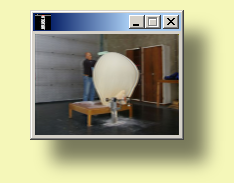http://www.rhci-online.net/radiogram/radiogram.htm
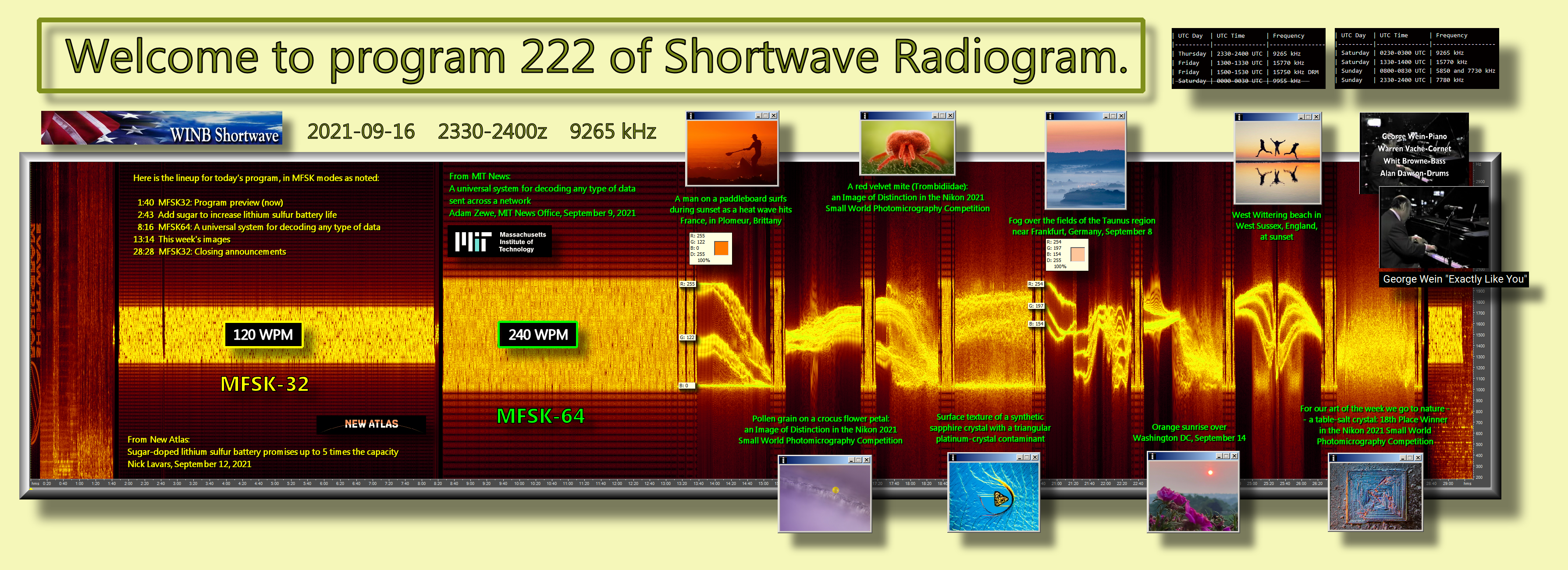
http://www.rhci-online.net/radiogram/radiogram.htm

RSID: <<2021-09-16T23:31Z MFSK-32 @ 9265000+1500>>
Welcome to program 222 of Shortwave Radiogram.
I'm Kim Andrew Elliott in Arlington, Virginia USA.
Here is the lineup for today's program, in MFSK modes as noted:
1:40 MFSK32: Program preview (now)
2:43 Add sugar to increase lithium sulfur battery life
8:16 MFSK64: A universal system for decoding any type of data
13:14 This week's images
28:28 MFSK32: Closing announcements
Please send reception reports to
radiogram@verizon.net
And visit http://swradiogram.net
Twitter: @SWRadiogram
From New Atlas:
Sugar-doped lithium sulfur battery promises up to 5 times the
capacity
Nick Lavars
September 12, 2021
Among the many exciting chemistries being pursued for
next-generation batteries, lithium-sulfur is one with significant
potential, owing to its ability to store up to five times as much
energy as today's lithium-ion solutions. Scientists in Australia
have come up with a new design for this promising architecture
that involves adding sugar to address inherent stability issues,
a move that keeps the experimental cells ticking across more than
1,000 cycles.
The high capacity promised by lithium sulfur batteries is one
scientists have been working hard to tap into for mainstream
applications, but they've been held back by issues around their
stability. As the battery's positive sulfur electrode expands and
contracts during charging, it is subject to significant stress
and quickly deteriorates. The negative electrode, meanwhile,
becomes contaminated by sulfur compounds.
Last year, a team of battery researchers at Monash University in
Melbourne came up with a solution to one half of this problem.
The scientists developed a special binding agent that creates
extra space around the sulfur particles, which means that they
have more room to safely expand during charging. The upshot of
this was a high-capacity lithium-sulfur battery capable of
surviving more than 200 cycles.
Now the scientists have taken aim at the other side of the
equation, in which the negative lithium electrode is effectively
suffocated by sulfur. The breakthrough stems from a 1988 study
showing how some sugar-based substances can stave off degradation
in geological sediments by facilitating strong bonds between
sulfides.
The goal was to apply this to a lithium-sulfur battery to prevent
the release of the sulfur chains, called polysulfides, from the
positive electrode, which tend to travel and form a mossy growth
on the negative electrode. The team introduced a sugar-based
additive into the web-like architecture of the electrode, which
acts as a binder and forms web-like microstructures that help
regulate the behavior of the pesky polysulfides. An experimental
cell carrying the sugar additive demonstrated capacity of around
700 mAh per gram, which was maintained across 1,000 cycles.
"So each charge lasts longer, extending the battery's life," says
first author and PhD student Yingyi Huang. "And manufacturing the
batteries doesn't require exotic, toxic, and expensive
materials."
There are still some kinks to iron out before lithium sulfur
batteries are put to work in smartphones and electric vehicles,
but the hope is that when they do they'll enable them to be used
for far longer periods, or across far greater distances, in
between charges. The researchers say their technology has the
potential to store two to five times the energy of today's
lithium batteries, and with this new study, believe they've taken
a key step toward its real-world use.
"While many of the challenges on the cathode side of the battery
has been solved by our team, there is still need for further
innovation into the protection of the lithium metal anode to
enable large-scale uptake of this promising technology –
innovations that may be right around the corner," says author Dr
Mahdokht Shaibani.
The research was published in the journal Nature Communications.
Source: Monash University
https://newatlas.com/energy/sugar-doped-lithium-sulfur-battery-capacity/
See also:
https://www.monash.edu/news/articles/a-spoonful-of-sugar-opens-a-path-to-longer-lasting-lithium-sulfur-batteries
Shortwave Radiogram now changes to MFSK64 ...
RSID: <<2021-09-16T23:38Z MFSK-64 @ 9265000+1500>>
This is Shortwave Radiogram in MFSK64
Please send your reception report to
radiogram@verizon.net
From MIT News:
A universal system for decoding any type of data sent across a
network
Adam Zewe, MIT News Office
September 9, 2021
Every piece of data that travels over the internet - from
paragraphs in an email to 3D graphics in a virtual reality
environment - can be altered by the noise it encounters along the
way, such as electromagnetic interference from a microwave or
Bluetooth device. The data are coded so that when they arrive at
their destination, a decoding algorithm can undo the negative
effects of that noise and retrieve the original data.
Since the 1950s, most error-correcting codes and decoding
algorithms have been designed together. Each code had a structure
that corresponded with a particular, highly complex decoding
algorithm, which often required the use of dedicated hardware.
Researchers at MIT, Boston University, and Maynooth University in
Ireland have now created the first silicon chip that is able to
decode any code, regardless of its structure, with maximum
accuracy, using a universal decoding algorithm called Guessing
Random Additive Noise Decoding (GRAND). By eliminating the need
for multiple, computationally complex decoders, GRAND enables
increased efficiency that could have applications in augmented
and virtual reality, gaming, 5G networks, and connected devices
that rely on processing a high volume of data with minimal delay.
The research at MIT is led by Muriel Médard, the Cecil H. and Ida
Green Professor in the Department of Electrical Engineering and
Computer Science, and was co-authored by Amit Solomon and Wei
Ann, both graduate students at MIT; Rabia Tugce Yazicigil,
assistant professor of electrical and computer engineering at
Boston University; Arslan Riaz and Vaibhav Bansal, both graduate
students at Boston University; Ken R. Duffy, director of the
Hamilton Institute at the National University of Ireland at
Maynooth; and Kevin Galligan, a Maynooth graduate student. The
research will be presented at the European Solid-States Device
Research and Circuits Conference next week.
Focus on noise
One way to think of these codes is as redundant hashes (in this
case, a series of 1s and 0s) added to the end of the original
data. The rules for the creation of that hash are stored in a
specific codebook.
As the encoded data travel over a network, they are affected by
noise, or energy that disrupts the signal, which is often
generated by other electronic devices. When that coded data and
the noise that affected them arrive at their destination, the
decoding algorithm consults its codebook and uses the structure
of the hash to guess what the stored information is.
Instead, GRAND works by guessing the noise that affected the
message, and uses the noise pattern to deduce the original
information. GRAND generates a series of noise sequences in the
order they are likely to occur, subtracts them from the received
data, and checks to see if the resulting codeword is in a
codebook.
While the noise appears random in nature, it has a probabilistic
structure that allows the algorithm to guess what it might be.
"In a way, it is similar to troubleshooting. If someone brings
their car into the shop, the mechanic doesn't start by mapping
the entire car to blueprints. Instead, they start by asking,
'What is the most likely thing to go wrong?' Maybe it just needs
gas. If that doesn't work, what's next? Maybe the battery is
dead?" Médard says.
Novel hardware
The GRAND chip uses a three-tiered structure, starting with the
simplest possible solutions in the first stage and working up to
longer and more complex noise patterns in the two subsequent
stages. Each stage operates independently, which increases the
throughput of the system and saves power.
The device is also designed to switch seamlessly between two
codebooks. It contains two static random-access memory chips, one
that can crack codewords, while the other loads a new codebook
and then switches to decoding without any downtime.
The researchers tested the GRAND chip and found it could
effectively decode any moderate redundancy code up to 128 bits in
length, with only about a microsecond of latency.
Médard and her collaborators had previously demonstrated the
success of the algorithm, but this new work showcases the
effectiveness and efficiency of GRAND in hardware for the first
time.
Developing hardware for the novel decoding algorithm required the
researchers to first toss aside their preconceived notions,
Médard says.
"We couldn't go out and reuse things that had already been done.
This was like a complete whiteboard. We had to really think about
every single component from scratch. It was a journey of
reconsideration. And I think when we do our next chip, there will
be things with this first chip that we'll realize we did out of
habit or assumption that we can do better," she says.
A chip for the future
Since GRAND only uses codebooks for verification, the chip not
only works with legacy codes but could also be used with codes
that haven't even been introduced yet.
In the lead-up to 5G implementation, regulators and
communications companies struggled to find consensus as to which
codes should be used in the new network. Regulators ultimately
chose to use two types of traditional codes for 5G infrastructure
in different situations. Using GRAND could eliminate the need for
that rigid standardization in the future, Médard says.
The GRAND chip could even open the field of coding to a wave of
innovation.
"For reasons I'm not quite sure of, people approach coding with
awe, like it is black magic. The process is mathematically nasty,
so people just use codes that already exist. I'm hoping this will
recast the discussion so it is not so standards-oriented,
enabling people to use codes that already exist and create new
codes," she says.
Moving forward, Médard and her collaborators plan to tackle the
problem of soft detection with a retooled version of the GRAND
chip. In soft detection, the received data are less precise.
They also plan to test the ability of GRAND to crack longer, more
complex codes and adjust the structure of the silicon chip to
improve its energy efficiency.
The research was funded by the Battelle Memorial Institute and
Science Foundation of Ireland.
https://news.mit.edu/2021/grand-decoding-data-0909
This is Shortwave Radiogram in MFSK64
Please send your reception report to
radiogram@verizon.net
This week's images ...
A man on a paddleboard surfs during sunset as a heat wave hits
France, in Plomeur, Brittany, September 6.
https://bit.ly/3Eyh8We
...
Sending Pic:205x146C;

Pollen grain on a crocus flower petal: an Image of Distinction in
the Nikon 2021 Small World Photomicrography Competition.
https://bit.ly/3Akw8Vc ...
Sending Pic:206x150C;
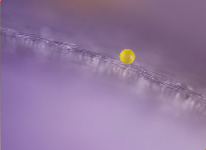
A red velvet mite (Trombidiidae): an Image of Distinction in the
Nikon 2021 Small World Photomicrography Competition.
https://bit.ly/3Akw8Vc ...
Sending Pic:211x121C;

Surface texture of a synthetic sapphire crystal with a triangular
platinum-crystal contaminant: an Image of Distinction in the
Nikon 2021 Small World Photomicrography Competition.
https://bit.ly/3Akw8Vc ...
Sending Pic:203x155C;
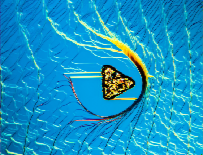
Fog over the fields of the Taunus region near Frankfurt, Germany,
September 8.
https://bit.ly/3kdDzYn ...
Sending Pic:178x198C;
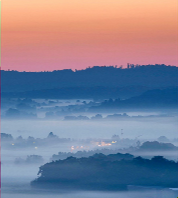
Orange sunrise over Washington DC, September 14.
https://bit.ly/3Cg68uy ...
Sending Pic:203x159C;

West Wittering beach in West Sussex, England,
at sunset. https://bbc.in/3tKO5JW ...
Sending Pic:192x184C;

For our art of the week we go to nature -- a table-salt crystal:
18th Place Winner in the Nikon 2021 Small World Photomicrography
Competition.
https://bit.ly/3Akw8Vc ...
Sending Pic:209x152C;

Shortwave Radiogram returns to MFSK32 ...
RSID: <<2021-09-16T23:58Z
MFSK-32 @
9265000+1500>>
This is Shortwave Radiogram in MFSK32 ...
Shortwave Radiogram is transmitted
by:
WRMI, Radio Miami International, wrmi.net
and
WINB Shortwave, winb.com
Please send reception reports to
radiogram@verizon.net
And visit http://swradiogram.net
Twitter:
@SWRadiogram or twitter.com/swradiogram
I'm Kim Elliott. Please join us for the next Shortwave
Radiogram.
|
Closing music SWRG#222
https://www.youtube.com/watch?v=qJOay3FKiD8 |

http://www.rhci-online.net/radiogram/radiogram.htm
|
QTH: |
D-06193 Petersberg (Germany/Germania) |
|
|
Ant.: |
Dipol for 40m-Band & Boomerang Antenna 11m-Band |
|
|
RX for RF: |
FRG-100B + IF-mixer & ICOM IC-R75 + IF-mixer |
|
|
Software IF: |
con STUDIO1 - Software italiano per SDR [S-AM-USB/LSB] + beta 11 Version 2.80 (August 21, 2018) - for scheduled IF-recording |
|
|
Software AF: |
Fldigi-4.0.18 + flmsg-4.0.7 images-fldigifiles on homedrive.lnk |
|
|
OS: |
German XP-SP3 with support for asian languages |
German W7 32bit + 64bit |
|
PC: |
MEDION Titanium 8008 (since 2003) [ P4 - 2,6 GHz] |
MSI-CR70-2MP345W7 (since2014) [i5 -P3560 ( 2 x 2,6GHz) ] |
http://wiki.radioreference.com/index.php/Decoding_the_SW_Radiogram_Broadcasts
https://www.qsl.net/ve7vv/Files/Digital%20Modes.pdf
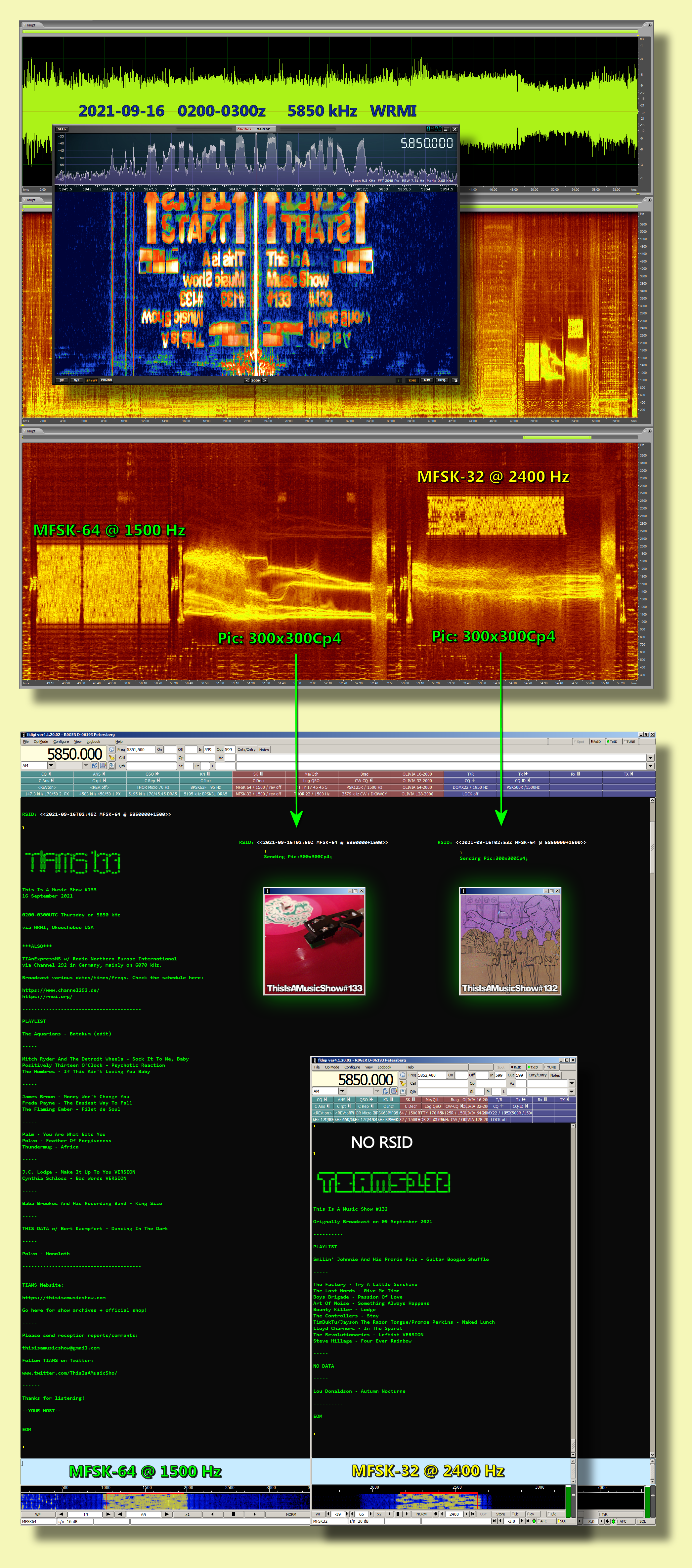
|
RSID: <<2021-09-16T02:49Z MFSK-64 @ 5850000+1500>>
This Is A Music Show #133 |
NO RSID: <<2021-09-16T02:53Z MFSK-32 @ 5850000+2400>>
This Is A Music Show #132
|
|
|
|
|
RSID: <<2021-09-16T02:50Z MFSK-64 @ 5850000+1500>>
Sending Pic:300x300Cp4;
|
RSID: <<2021-09-16T02:53Z MFSK-64 @ 5850000+1500>>
Sending Pic:300x300Cp4;
|

http://www.rhci-online.net/html/RNEI21.html
|
# Artist - Title |
[flag]) |
(Spotify Streams) |
MIDOMI |
YT date |
YT Videos |
|
0. ABBA - Don't Shut Me Down |
🇸🇪 |
(500k) |
https://www.midomi.com/Track?trackID=100072607305832208&song=don%27t-shut-me-down |
2021-09-02 |
|
|
1. Julia Adams - Jag ska bli bättre |
🇸🇪 |
(152k) |
https://www.midomi.com/Track?trackID=100768161643762141&song=jag-ska-bli-battre |
2020-12-17 |
|
|
2. Jenni & Juho - Ujo poika |
🇫🇮 |
(1.13M) |
https://www.midomi.com/Track?trackID=100638685974292457&song=ujo-poika |
2021-08-13 |
|
|
3. Andreas Odbjerg - velkommen tilbage |
🇩🇰 |
(389k) |
https://www.midomi.com/Track?trackID=100620606490876526&song=velkommen-tilbage |
2021-06-24 |
|
|
4. High Moon - My Place |
🇫🇴 |
(2854) |
- - - |
2021-06-21 |
|
|
5. Maxida Märak - Jĺhkĺmĺhkke |
🇸🇪-Sámi |
(97.5k) |
- - - |
2021-02-04 |
|
|
6. Maxida Märak & Downhill Bluegrass Band - Nikesunnas Joik |
🇸🇪-Sámi |
(364k) |
- - - |
2015-02-18 |
|
|
7. Sigrid - Burning Bridges |
🇳🇴 |
(618k) |
https://www.midomi.com/Track?trackID=100057073276955635&song=burning-bridges |
2021-08-25 |
|
|
8. Kćlan Mikla - Ósýnileg |
🇮🇸 |
(81.1k) |
https://www.midomi.com/Track?trackID=100531754930038005&song=osynileg |
2021-06-04 |
|
|
9. Julia Alfrida - GIRLS GIRLS GIRLS |
🇸🇪 |
(51.5k) |
- - - |
2021-05-05 |
|
|
--- RNEI Dance Music Mix --- |
|
|
|
|
|
|
10. Kristin - Minner (HANEY Remix) |
🇳🇴 |
(410k) |
https://www.midomi.com/Track?trackID=100019514486659319&song=minner-%5Bhaney-remix%5D |
2020-07-02 |
|
|
--- RNEIxtra - Mammas Mest Metal --- |
|
|
|
|
|
|
11. Velvet Villain - Here Comes The Rain |
🇮🇸-🇸🇪 |
(18.1k) |
- - - |
2019-05-17 |
https://youtu.be/3NSOZpmCW68 |
|
12. Chronicle - Reset To Zero |
🇩🇰 |
(5064) |
- - - |
2020-02-28 |
https://youtu.be/LeZgmCaY1Xw |
|
13. Grumpynators - Blood And Bones |
🇩🇰 |
(114k) |
https://www.midomi.com/Track?trackID=100691896819975227&song=blood-and-bones |
2020-04-03 |
https://youtu.be/ASfEaFtTao8 |
|
14. Timechild - This Too Will Pass |
🇩🇰 |
(1597) |
- - - |
2021-06-18 |
https://youtu.be/gMdA3rd0WKA |
|
--- Stephen's Feature - Eivřr --- |
|
|
|
|
|
|
15. Livandi trř |
🇫🇴 |
(58.1k) |
https://www.midomi.com/Track?trackID=100504210715647787&song=livandi-tr%C3%B8 |
2018-11-01 |
https://youtu.be/uZnCIUyI2EY |
|
16. Green Garden |
🇫🇴 |
(212k) |
https://www.midomi.com/Track?trackID=100203668673057109&song=green-garden |
2013-02-06 |
https://youtu.be/SDhvH3olGhc |
|
17. Brotin |
🇫🇴 |
(931k) |
https://www.midomi.com/Track?trackID=100306666739284992&song=brotin |
2015-11-09 |
https://youtu.be/26fB8JtSt_0 |
|
18. Mánasegl |
🇫🇴 |
(175k) |
https://www.midomi.com/Track?trackID=100103269463870675&song=ma%CC%81nasegl |
2020-09-17 |
https://youtu.be/yajuCsF_wqw |

RSID: <<2021-09-19T01:30Z MFSK-64 @ 5960000+1500>>
James Frederick "Jimmie" Rodgers was born September 18, 1933.
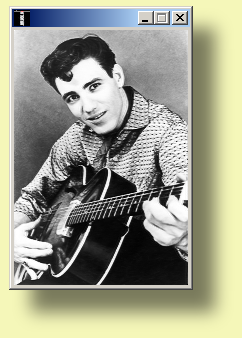
RSID: <<2021-09-19T01:54Z Feld Hell @ 5960000+1500>>

RSID: <<2021-09-19T01:55Z
MFSK-64 @
5960000+1500>>
Good evening,
I will do some more data this week. Everyone who responded, thank you very much!
All reports about the data will be very much appreciated!
Some less good news from my own country the Netherlands, where the yearly
Balloon Fox Hunt of 19 september was cancelled at the last moment because the
insurance company changed policy, shortly before the event, and
uninsured the hunt can´t go through.
It would have been the 43th time the balloon hunt would have taken place.
It is a bit of the event of this type of the year in the Netherlands. Each year
a stratospheric balloon is launched, in fact a regular weather balloon, but with
a special pay load, including a cross band repeater and an
amateur television transmitter, which at that altitude will cover several
hundreds of miles.
The balloon often reaches an altitude of 34 km, which is 21 miles. At a certain
height the balloon collapses under the amount of gas on the inside, which
inflates the balloon with the ever decreasing air pressure outside
of the balloon. It lands then with a parachute after wich the hunt for the
transmitter really commences.
The organizers will try to get a new insuranse (which proves to be quite
difficult) and possibly will set a later date for the hunt later this fall, but
this is uncertain.
www.ballonvossenjacht.nl
RSID: <<2021-09-19T01:56Z MFSK-32 @ 5960000+1500>>
Sending Pic:144x101C;
